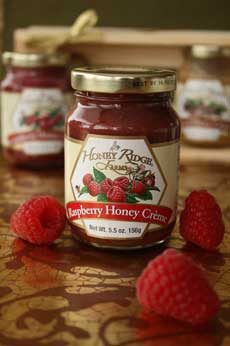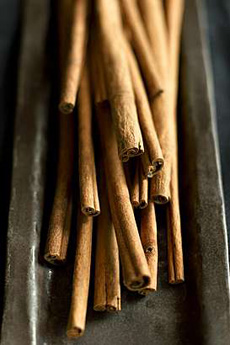|
There are two reasons to toast spices.
First, a bit of heat releases the flavor of the spices, giving you much more punch. This extra flavor is worth the five minutes of time to toast them.
It’s easy to toast your spices:
Before grinding, toast whole spices in a dry skillet over low heat. Stir frequently until the spices begin to release their aromas.
The aromas are a delicious kitchen sachet, which leads to the second good reason to toast spices:
If you’ve recently burned some popcorn, fried a batch of fish or have that leftover meat-browning odor in your kitchen, toasting some spices in the oven should help alleviate bad kitchen aromas.
Simply place 4 or 5 cinnamon sticks, a few tablespoons of cloves and/or some orange peel onto a baking sheet, and bake at 350°F until the aromas fill your home. The scent is much longer-lasting than aromatic sprays and more effective than kitchen candles.
Oh: And if you’re selling your home, you don’t have to go so far as to bake cookies for a homey household aroma. Just toast some spices.
|








